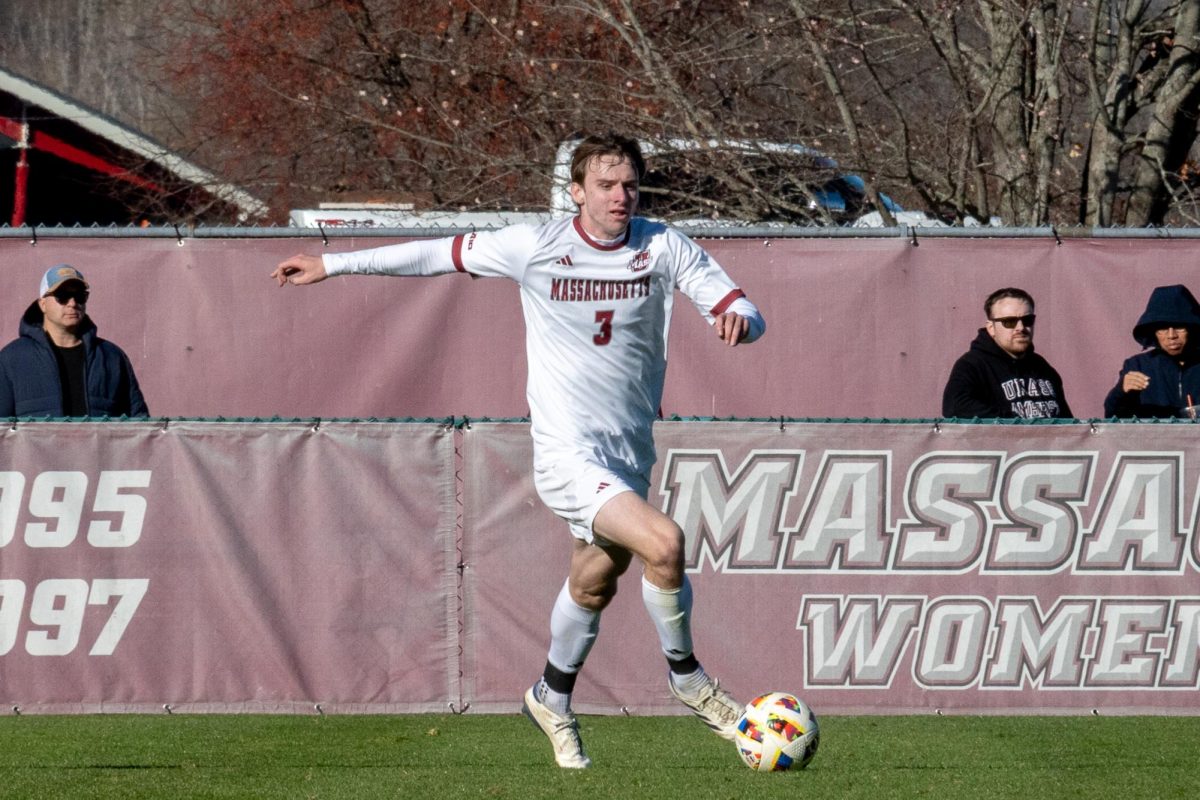
Jennifer Hansen-Glucklich, assistant professor of German at the University of Mary Washington, gave her lecture entitled “Holocaust Memory Reframed: Museums and the Challenges of Misrepresentation” Tuesday afternoon.
Her presentation centered on how three distinct museums of Jewish remembrance – Yad Vashem in Jerusalem, Israel, the Jewish Museum Berlin in Berlin, Germany and the United States Holocaust Memorial Museum in Washington, D.C. All of these museums craft different narratives through their use of aesthetic, spatial and ritual techniques, reflecting their own national identities and cultures.
“The narrative which all three museums create resonate with the civil religions of their context cultures.” Hansen-Glucklich said. “There has been an explosion in the number of Holocaust museums and remembrances around the world, especially in Europe and the United States during the past few decades. Museums and memorials reach an audience of a size and diversity unrivaled by most other media – the Holocaust museum in D.C has received nearly 40 million visitors since it opened its doors in 1993. This staggering statistic shows how powerfully a single institution can shape memory of a single event.”
Hansen-Glucklich pointed out how museums largely shape collective identity and confirm national values and beliefs.
“Museums show how differently nations and cultures choose to remember events and thus how these nations position themselves in relation to history. Aesthetic presentation has real consequences in terms of how visitors perceive and remember the Holocaust – architectural design, framing of artifacts, the display of photographs – all of these don’t just illustrate a story being told but they are the story and largely determine how the country remembers. Even the way in which the visitors pass through the museums is choreographed contributes to the overall Holocaust narrative of the museum.” Hansen-Glucklich said.
David Glassberg, professor of history at University of Massachusetts, commented on the lecture’s accessibility to those unfamiliar with the subject area.
“I thought the images she presented were really interesting, and that comparing them made it intelligible for people who haven’t seen these museums in person,” Glassberg said.
Jonathan Skolnik, UMass associate professor of German, took his class, English 319 “Representing the Holocaust” to Hansen-Glucklich’s lecture.
Skolnik has a personal tie to Hansen-Glucklich and her work.
“She was actually one of my former students before I came to UMass, back when I taught at the University of Maryland,” Skolnik said. “It’s great to have a former student come to the school I lecture at and present their work, which I have actually followed and think is very well researched and presented.”
When asked when she started to become interested and involved in this area of study, Hansen- Glucklich herself cites her time as Skolnick’s student as when she started to become interested.
“Professor Skolnick was my first professor in Jewish studies who really made me gain interest in this subject matter,” Hansen-Glucklich said. “My husband is Israeli and we are in Israel often and thus, I was visiting these museums of Holocaust remembrance very frequently and was fascinated with how differently Israel, Germany and the U.S all remember the Holocaust.”
“Institutions tells us how to remember events, and there are different narratives presented at Yad Vashem versus the United States Holocaust Memorial Museum or the Jewish Museum Berlin,” Hansen- Glucklich said.
Jacqueline Hayes can be reached at [email protected].


















